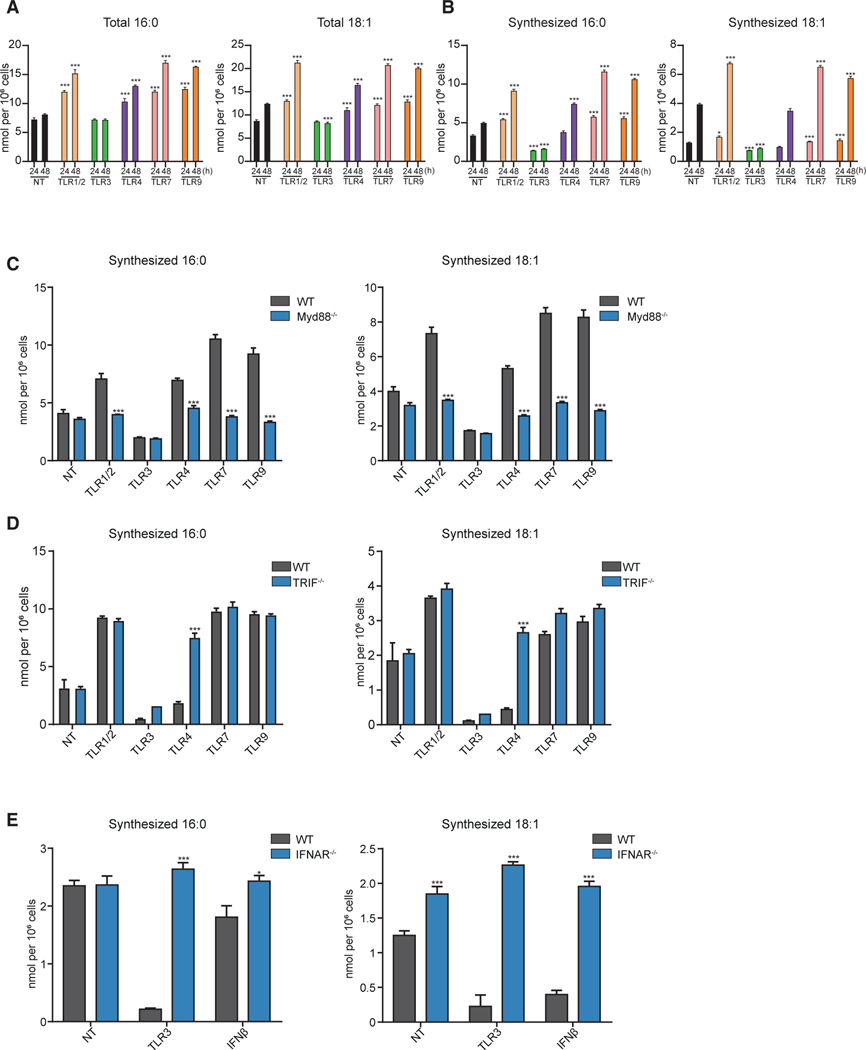Figure 4. TLRs Promote Divergent Fatty Acid Synthetic Programs.
(A) Total palmitic acid (16:0) and oleic acid (18:1) from quiescent BMDMs (indicated as NT) and BMDMs stimulated with TLR1/2, TLR3, TLR4, TLR7, or TLR9 agonists for either 24 or 48 h.
(B) Net synthesized palmitic acid (16:0) and oleic acid (18:1) quiescent BMDMs (NT) or BMDMs stimulated with TLR1/2, TLR3, TLR4, TLR7, or TLR9 agonists for either 24 or 48 h.
(C) Net synthesized palmitic acid (16:0) and oleic acid (18:1) from quiescent control or MyD88−/− BMDMs and BMDMs stimulated with TLR1/2, TLR3, TLR4, TLR7, or TLR9 agonists for 48 h.
(D) Net synthesized of palmitic acid (16:0) and oleic acid (18:1) from quiescent WT control or TRIF−/− BMDMs, and stimulated with TLR1/2, TLR3, TLR4, TLR7, or TLR9 agonists for 48 h.
(E) Net synthesized palmitic acid (16:0) and oleic acid (18:1) in control or IFNAR−/− BMDMs stimulated with TLR3 agonist or IFNβ for 48 h.
All isotope labeling experiments are from four biologic replicates per experimental condition. All data are presented as mean ± SEM. *p < 0.05; **p < 0.01, ***p < 0.001. Experiments shown are representative of more than three independent studies.

